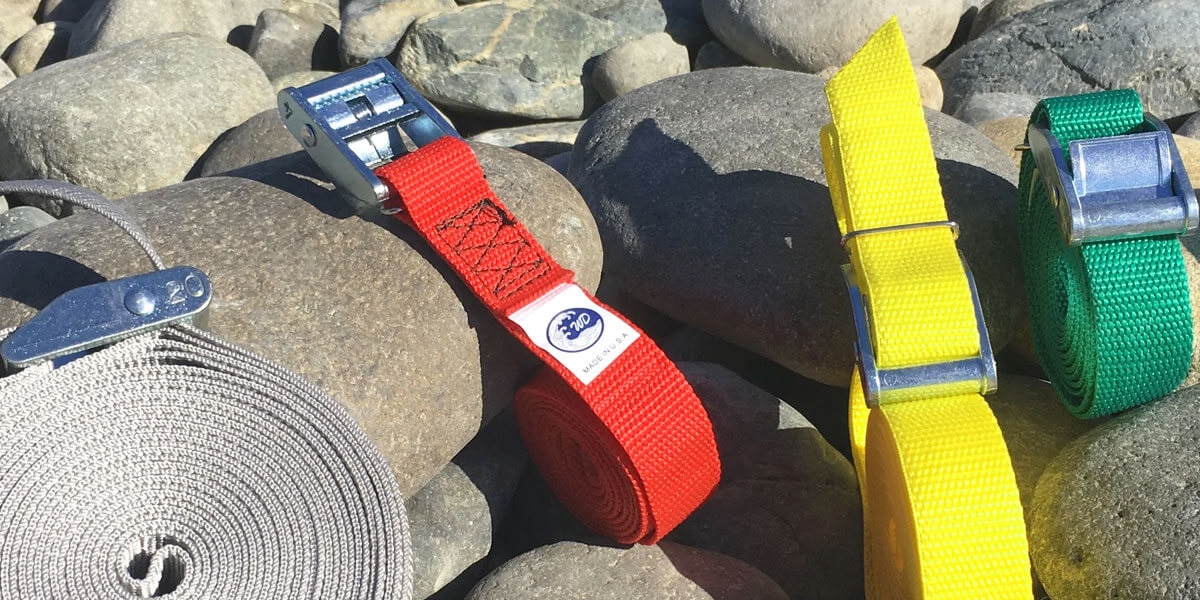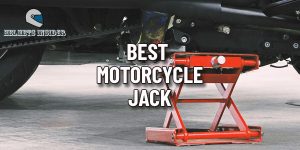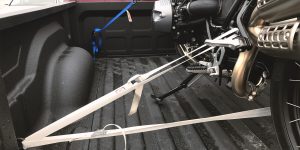Cam straps and ratchet straps are two popular options for securing loads, and choosing the right one can make all the difference. Ratchet straps, also known as ratchet tie-down straps, are commonly used for securing heavy loads during transportation or storage. However, there are non-ratchet tie-down straps available that offer alternative mechanisms.
Based on my experience, I can claim that these non-ratchet tie-down straps are often considered some of the easiest tie-down straps to use. These two types of straps, cam strap vs. ratchet strap, offer distinct mechanisms and functionalities for various fastening needs. In this article, I will share the features, benefits, and applications of both cam straps and ratchet straps types.
What are cam straps?
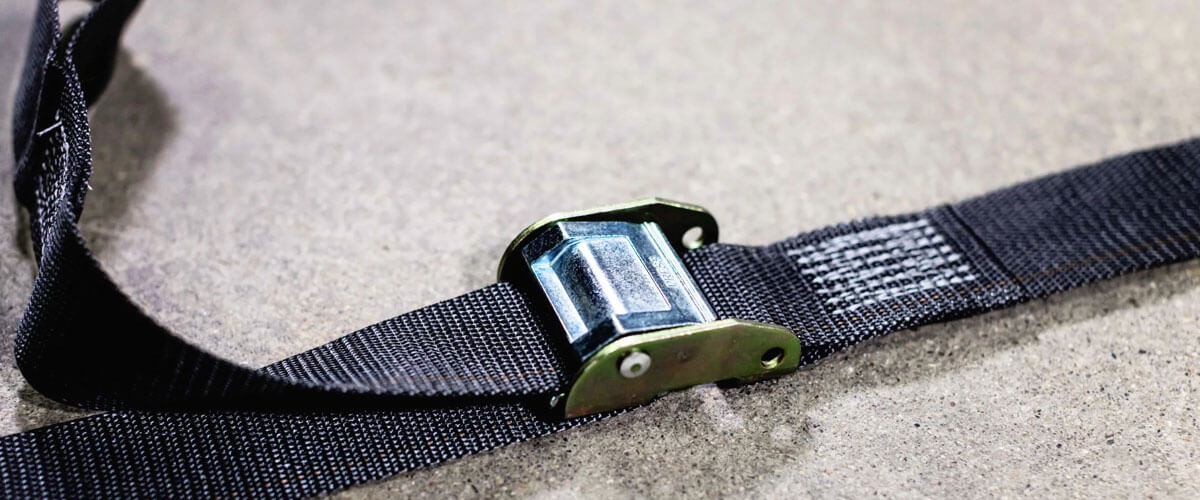
Description and mechanism
Cam straps, also known as tie-down or lashing straps, consist of a woven strap and a cam buckle. The strap is typically made of durable polyester or nylon material, providing strength and reliability for securing various loads.
The cam buckle is a metal or plastic device with a rotating lever or cam. It has a series of teeth or ridges on the inside surface. To use a cam strap, it is threaded through the cam buckle, creating a loop. As the strap is pulled, the cam buckle rotates, causing the teeth or ridges to grip the strap.
Advantages of cam straps
Cam straps offer several advantages that make them a popular choice for securing various loads. Here are some key benefits:
- Ease of use. Cam straps are incredibly user-friendly, requiring no complex mechanisms or additional tools. They can be quickly and easily tightened or released, allowing for efficient and convenient fastening.
- Compactness and versatility. They are compact, making them easy to store and transport. Their versatility extends beyond motorcycle tie-downs, as they are suitable for a wide range of applications, including camping, hiking, or managing cargo.
- Non-damaging. Cam straps distribute tension evenly across the secured item, minimizing the risk of damage or denting. They are particularly suitable for protecting delicate or fragile objects that require gentle handling during transportation.
What are ratchet straps?
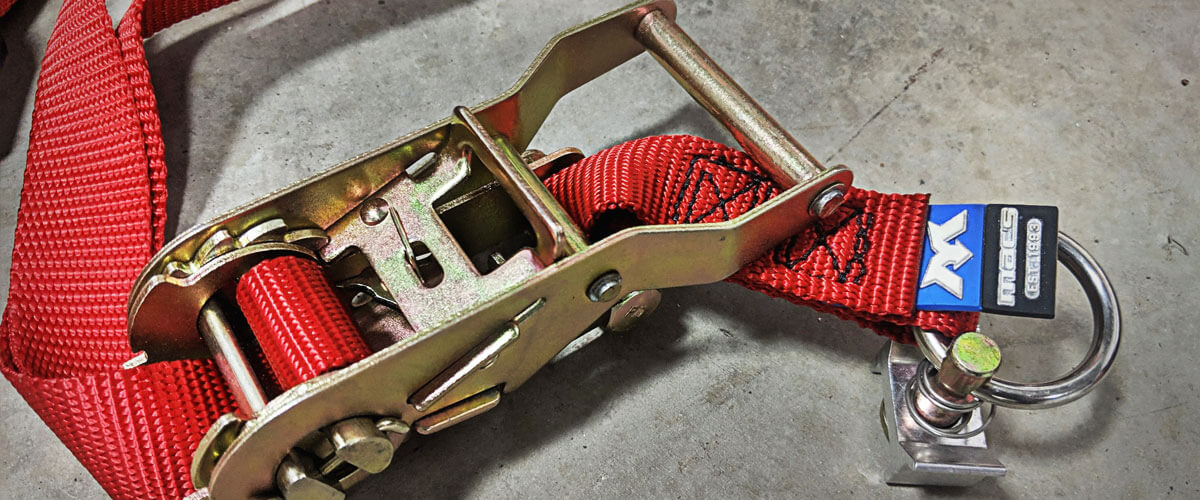
Description and mechanism
Ratchet straps consist of a woven strap and a ratchet mechanism. The strap itself is typically made of durable polyester or nylon material, providing strength and resistance to abrasion. It is designed to withstand heavy loads and maintain its integrity over time.
The ratchet mechanism is a key component of this technology, allowing for precise tensioning and secure fastening. The ratchet buckle is a metal or plastic device with a gear mechanism. It has a release lever and a spool.
For securing motorcycles or other vehicles, ratchet straps are generally preferred as they offer precise tensioning capabilities. However, there are alternatives to ratchet straps that can also be suitable for securing motorcycles or vehicles, depending on specific needs and preferences.
Advantages of ratchet straps
Ratchet straps offer several advantages that make them a preferred choice for securing heavy loads. Here are the key benefits:
- Maximum tension and load capacity. Ratchet straps provide excellent tensioning capabilities, allowing for precise adjustment and high load capacity. They are suitable for securing heavy loads or items that require maximum tensioning.
- Enhanced stability and safety. The ratchet mechanism locks the strap in place, ensuring a secure and immovable fastening. This additional stability provides peace of mind during transportation or storage, knowing that the load remains secure.
- Strength and durability. Ratchet straps are constructed with robust materials, featuring strong webbing and durable components.
Choosing the right option
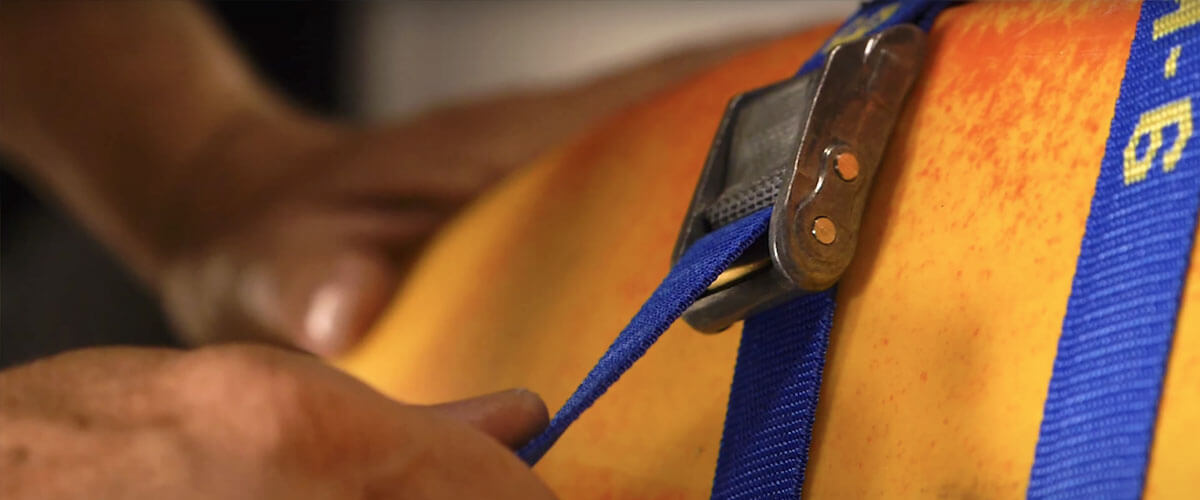
When deciding between a cam buckle vs ratchet tie-down, it is important to consider the specific application and load requirements. Here’s why:
| Cam straps | Ratchet straps | |
|---|---|---|
| Application specific | Cam straps are ideal for securing light loads or delicate items that require gentle handling. | These straps excel at securing heavy loads or objects that need a high level of tension. |
| Usage | They are known for their simplicity and quick operation. They can be easily tightened and released without much effort. | Ratchet straps, on the other hand, excel at securing heavy loads or objects that need a high level of tension. |
| Load | This technology may not provide sufficient strength for extremely heavy or tightly secured loads. | They offer superior tensioning capabilities. |
For securing motorcycles or other vehicles, ratchet straps, with their precise tensioning capabilities provided by the ratchet mechanism, are generally preferred. However, it’s important to consider the advantages of using cam buckle tie-downs as a ratchet strap alternative.
FAQ
Which strap is better for securing motorcycles or vehicles?
Ratchet straps are typically better for securing motorcycles and vehicles due to their precise tensioning capabilities, providing a tight and secure hold during transportation.
Can ratchet straps damage items?
When used correctly, ratchet straps should not damage items. However, it’s important to avoid over-tightening and use protective padding or soft loops to prevent any potential abrasion or damage.
Which straps are more durable and long-lasting?
Ratchet straps are generally considered more durable and long-lasting, especially for heavier loads and frequent use. Look for high-quality materials, reinforced stitching, and reliable hardware for longevity.
Are there weight or size limitations for cam straps or ratchet straps?
Yes, both cam straps and ratchet straps have weight and size limitations specified by their manufacturers. It’s important to check the load capacity and working load limit (WLL) provided by the manufacturer to ensure proper usage and safety.

